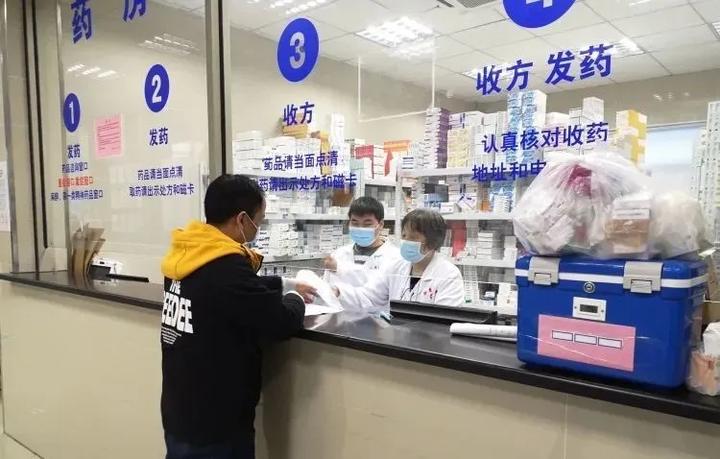Chinese Generic Drug Market: Quality Concerns as Original Drugs Exit
As imported original drugs exit China’s market due to centralized procurement policies, concerns arise about generic drug quality and patient access. The shift raises questions about maintaining therapeutic efficacy while reducing healthcare costs.

The Chinese pharmaceutical landscape is undergoing a dramatic transformation as numerous imported original drugs exit the market. According to China’s National Healthcare Security Administration, 161 imported drugs have not renewed their registration in China. This exodus gained attention when all original drug manufacturers either withdrew from bidding or submitted symbolic bids during China’s tenth round of centralized procurement in December 2024.
The withdrawal stems from multiple factors. The centralized procurement system, implemented since 2018, operates on a “lowest price wins” principle. While this approach has successfully reduced drug prices by up to 90%, it has created unsustainable market conditions for original drug manufacturers. These companies face higher production costs due to stringent quality control requirements and substantial research and development investments.
The quality assurance of generic drugs replacing original drugs relies on China’s consistency evaluation system. This system assesses generic drugs through pharmaceutical studies, bioequivalence testing, and clinical efficacy comparison. However, industry experts note that China’s evaluation standards focus primarily on bioequivalence, while FDA guidelines encompass five key aspects:
Drug manufacturing quality remains a critical concern. Generic drug manufacturers must invest in advanced production facilities, quality control systems, and skilled personnel. The challenge lies in maintaining these standards while offering dramatically lower prices. Some healthcare professionals in China have expressed concerns that intense price competition could incentivize cost-cutting measures affecting drug quality.
Global research and innovation through profits from existing drugs. The exodus of original drugs from China could impact future drug development and availability. This particularly affects rare disease treatments, where development costs are high and patient populations small.
To ensure generic drug quality, China’s regulatory authorities have implemented several measures:
- Strengthened manufacturing supervision and inspection
- Enhanced quality control requirements throughout the supply chain
- Regular testing of marketed drugs
- Improved adverse reaction monitoring systems
However, challenges remain in balancing cost reduction with quality assurance. The healthcare system must maintain rigorous oversight while fostering domestic pharmaceutical innovation. This requires substantial investment in research capabilities, manufacturing technology, and quality control systems.
For Chinese patients, this transition presents both opportunities and risks. While healthcare becomes more affordable, those requiring specific original drugs may face limited access. Some patients now purchase original drugs through private channels at higher costs, creating a two-tier system of drug access.
The situation reflects broader healthcare reform challenges in China, where authorities must balance universal drug access with quality assurance and pharmaceutical innovation. Success will require continued refinement of procurement policies, strengthened quality control systems, and sustained investment in domestic pharmaceutical research and development.